- Home
- slideshows
- miscellaneous
- I cleared customs in 20 minutes after traveling internationally for a month and a half, and it made me deeply worried about America's ability to contain the coronavirus
I cleared customs in 20 minutes after traveling internationally for a month and a half, and it made me deeply worried about America's ability to contain the coronavirus
Orlando Melbourne International was packed when I arrived to check into my Qantas flight, which would take me to LAX.

Getting through security and to my gate was a relatively speedy process once I checked in and got my boarding pass.
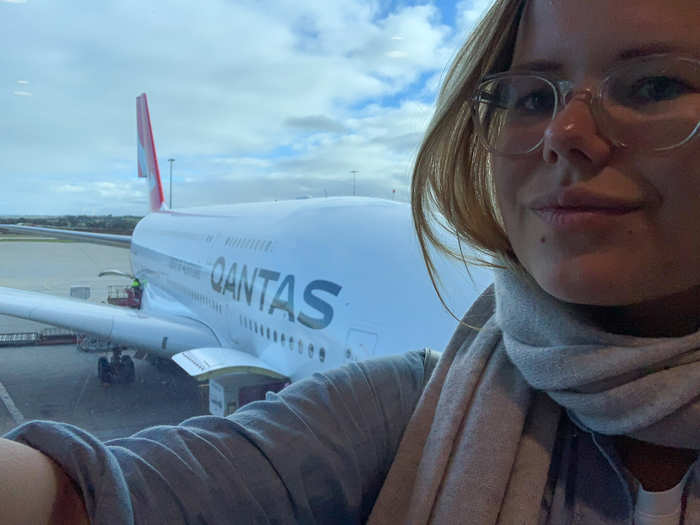
At the gate, flight attendants did a second passport check. I explained that in the last 14 days, I had been in Australia and Thailand. I also explained I had been to South Korea, Vietnam, and Malaysia on this trip, but not in the last two weeks.
After boarding, a flight attendant announced that, due to current circumstances in the US, if you switched seats you needed to tell a member of the crew so they had the ability to contact you later as needed.
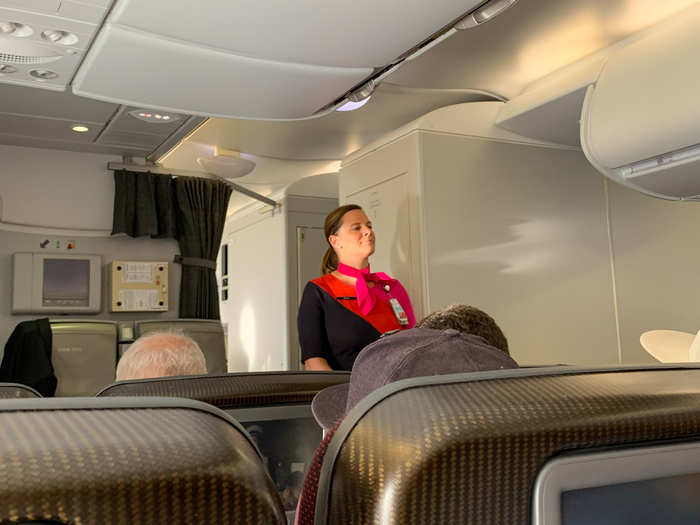
I assumed the announcement meant that, if someone sitting near me was later diagnosed with COVID-19, the airline wanted to be able to contact the right people.
The flight was a bit over half full, and I was quick to disinfect my seat when I sat down. Flight attendants did not wear masks. While experts recommend masks only if you yourself are ill, I had gotten used to seeing most airline employees wear masks while traveling on airlines such as Korean Air, VietJet, and Malaysia Air.
I tried not to stress out about potentially catching coronavirus on the 14-and-a-half-hour flight.
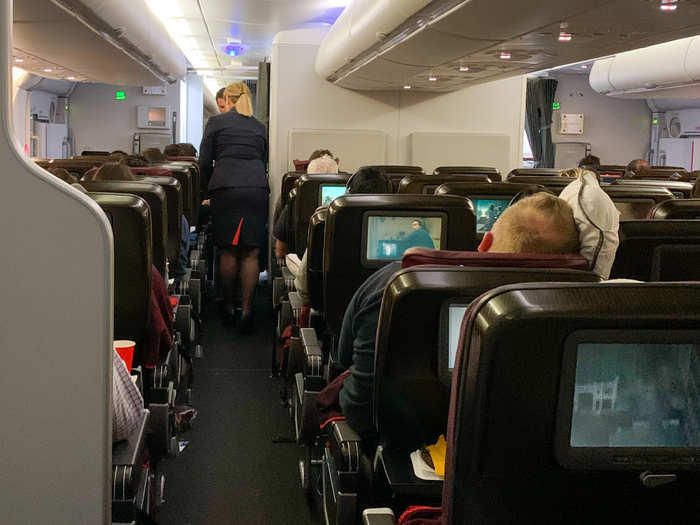
It felt like people were coughing more than usual, but that is probably a side effect of flying while paranoid.
I was expecting an extensive customs process when I landed in LAX.
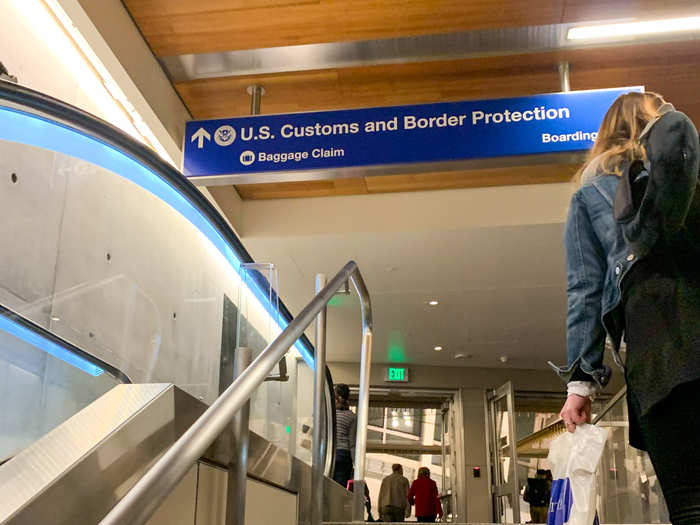
One of the first things I saw when I landed was a series of articles about lengthy waits to enter the US. Long lines and crowds put people in close proximity to each other for hours at a time over the weekend, as more than 40,000 people flooded US airports amid the European travel ban.
Instead, I made it through customs in 20 minutes without a single mention of the coronavirus.
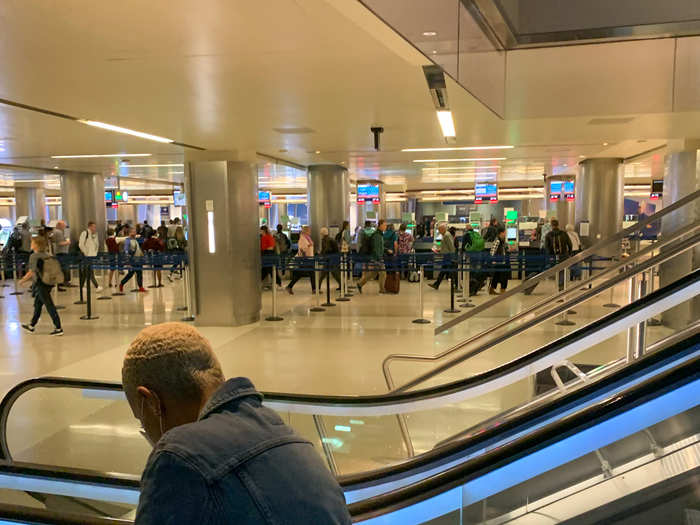
Not a single person mentioned coronavirus, and I didn't see any signs about symptoms or what to do if you get sick. While the CDC offers guidance for travelers, including how to monitor your health following a trip, I didn't see any signs or receive any information from employees.
LAX was making regular announcements about the coronavirus over the loud speaker. But, I was surprised that this was the only noticeable change from the normal travel routine.
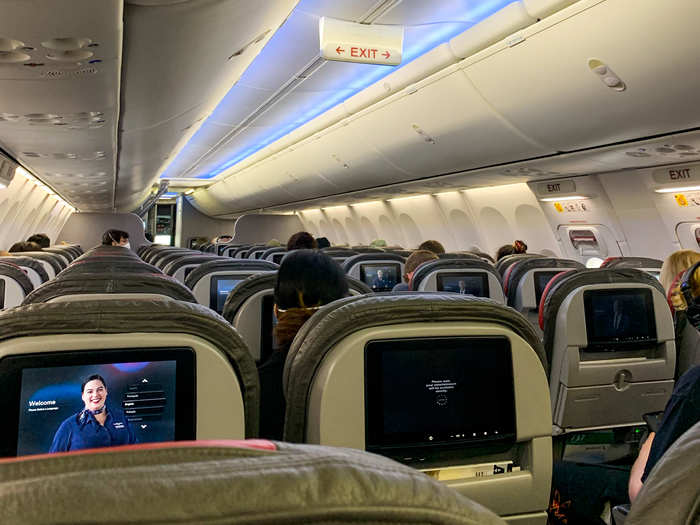
I only started hearing the announcement when I was through customs, getting ready to board my flight to Raleigh-Durham. If I had been heading to Los Angeles, I might have entirely avoided any discussion of coronavirus while reentering the US.
I was not coming from one of the countries with a Level 3 warning, where the CDC advises avoiding all nonessential travel. If I was, I would have very likely faced far stronger measures. However, with the CDC putting a global notice against traveling internationally, I was surprised there was not more emphasis on screening arrivals and educating people on the virus.
The lack of discussion of the coronavirus was especially baffling because the outbreak was a constant presence in every other airport I had visited for the last month and a half.

From South Korea to Australia, airports were full of information on how to look for symptoms and what to do if you have a fever, a cough, or other signs that you may be infected. Singapore's Changi Airport had several temperature scanners and medic teams stationed throughout the airport.
However, arriving at LAX and then flying to Raleigh-Durham International Airport, I was shocked by the minimal discussion of the virus.
Waiting in line for hours with a mass of people is obviously not the solution to stopping the spread of coronavirus. But, the fact that the virus went almost unmentioned was worrisome.
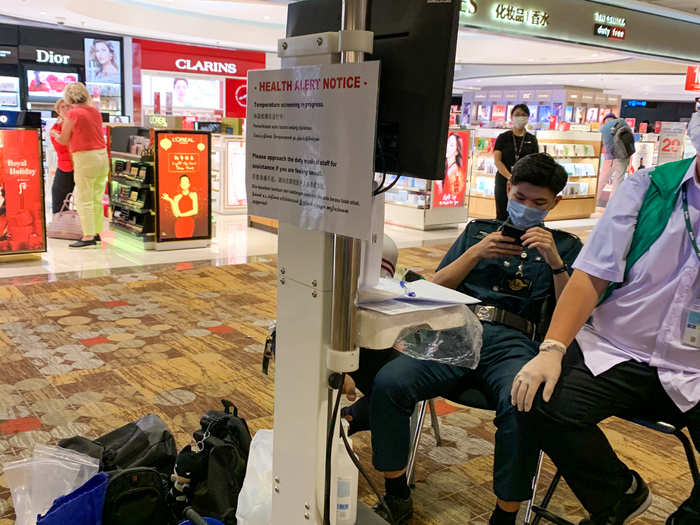
Experts criticized the abrupt implementation of screenings for travelers arriving from Europe over the weekend. While people waited in line up to 13 hours, some travelers said the checks were not particularly stringent and did not involve temperature checks.
It can be difficult to use airport screenings to stop the spread of the coronavirus, as many people who are infected are highly contagious before they show symptoms. As a result, even if every single person had their temperature checked, many people who were infected but still asymptomatic would be able to pass easily.
However, making sure people are aware of symptoms and encouraging self-isolation after traveling seems like a straightforward way to encourage social distancing. Countries including New Zealand, Australia, and Canada are now requiring people to self-isolate when they arrive in the countries. Encouraging similar measures in the US could be key to keeping the coronavirus from escalating.
There did not seem to be a set game plan for people entering the country.
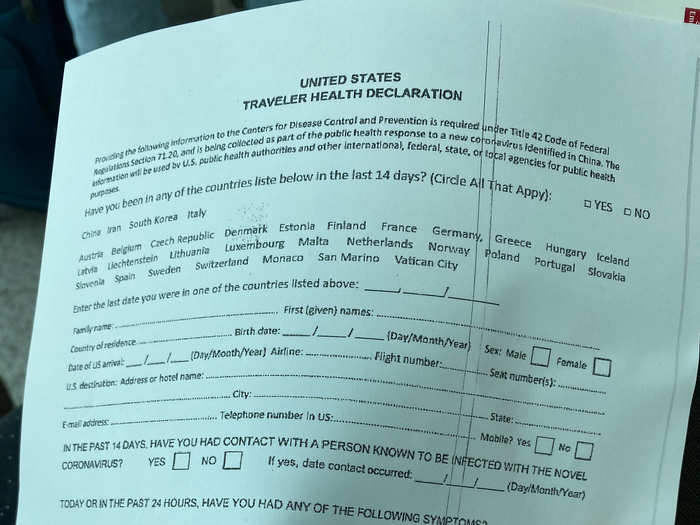
My friend who I had been traveling with was flying from Melbourne to Dubai to Boston, via Emirates Airlines.
While in Dubai, she was required to fill out a health declaration. She was asked to answer questions about whether she had visited certain Level 3 countries, if she had contact with anyone infected with the novel coronavirus, and if she had any symptoms of the virus.
However, once she landed in Boston, no one ever asked for the declaration.
"There was no signage anywhere," she texted me. "Nothing. Everything was normal!"
While I was happy to get through customs quickly and start my self-isolation, the experience left me feeling uneasy.
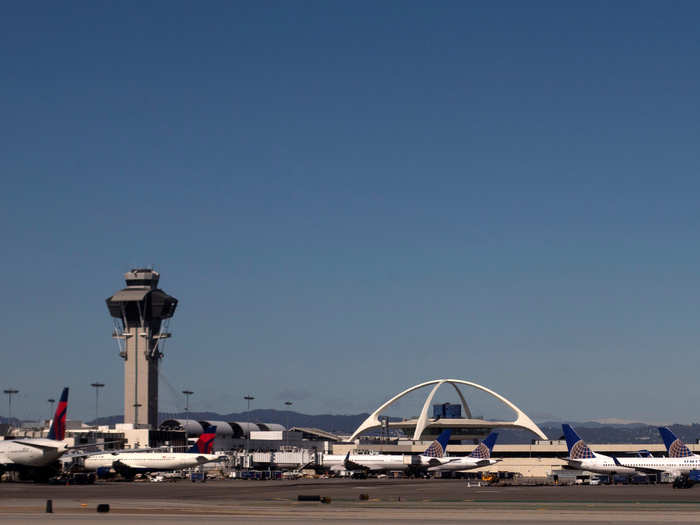
If I was confident that travelers arriving from Europe and other Level 3 countries were facing a more substantial and well-planned entry process, I probably would shrug this off and enjoy the speedy arrival.
However, experts' concerns about the public-health mistakes being made as people arrive from high-risk countries have done little to soothe my nerves.
It is impossible to test every person who enters the US, but people arriving from countries where there is an outbreak and community spread — such as in Australia — would be well served by more information about the pandemic and steps they should take when they enter the US.
Traveling during the outbreak, I saw how airports and airlines attempted to prevent the spread of coronavirus even in its early days, from posting signs explaining symptoms to taking passengers temperatures. But, entering the US, I was concerned by how little action appears to have been taken.
- Read more:
- McDonald's, Chick-fil-A, and other fast-food giants are shutting down seating and emphasizing drive-thru orders amidst the coronavirus outbreak
- KFC debuts a dragon fruit burger with a pink bun in Vietnam, after the country struggled to sell excess fruit due to the coronavirus outbreak
- Photos show the drastic measures Starbucks is taking to keep people from sitting and socializing in stores during the coronavirus outbreak
- 'We have to be resilient': Tourism in Thailand plummets amidst the coronavirus outbreak
Popular Right Now
Popular Keywords
Advertisement